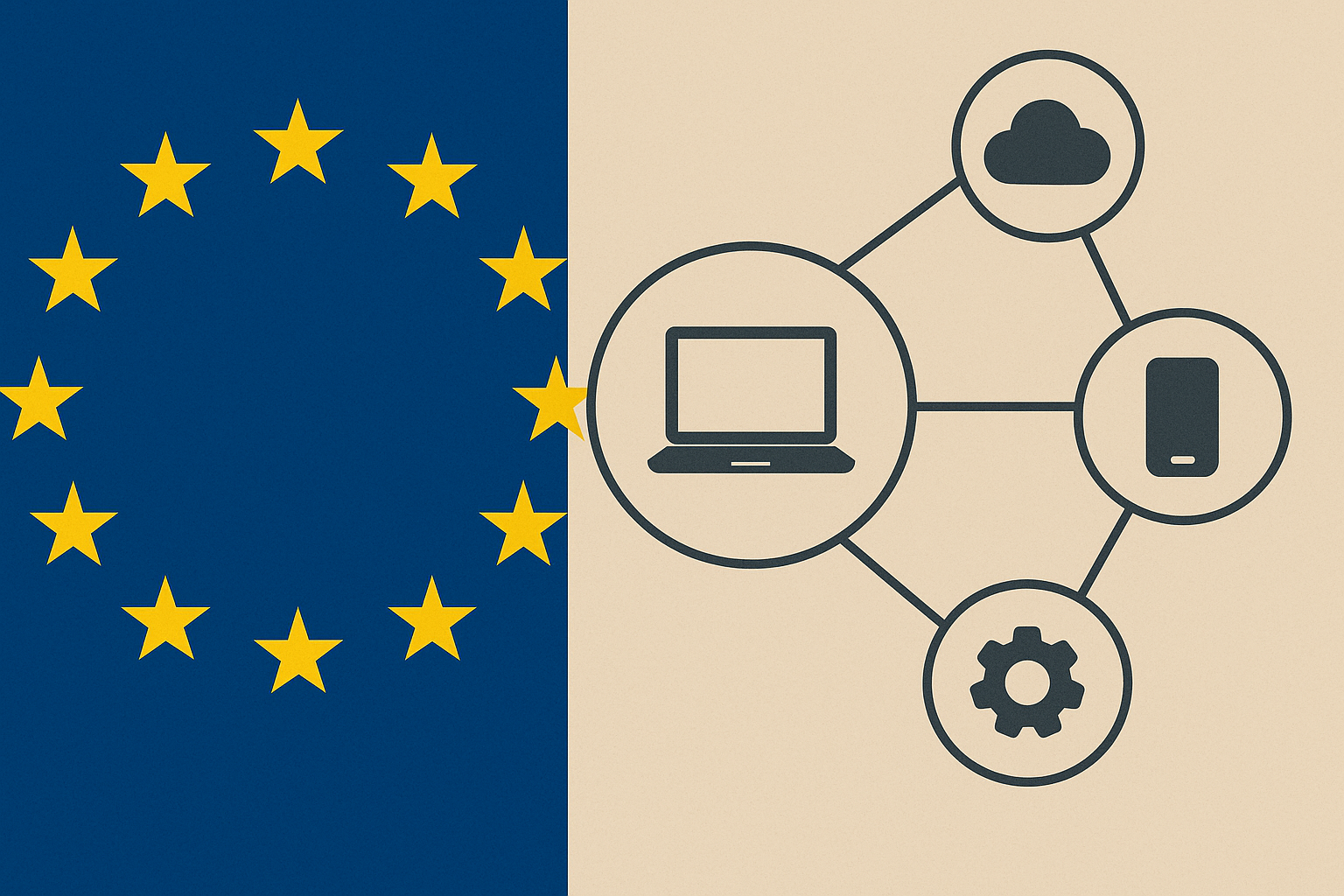The European Union (EU) launches a fresh digital strategy designed to deepen alliances with key global partners like Japan, South Korea, Canada, and India. This strategy avoids explicit mention of the United States but emphasizes strengthening digital ties with “like-minded” countries worldwide. The goal is to expand data flows, boost secure infrastructure, and promote European technology standards beyond its borders.
What’s Happening & Why This Matters
The EU unveils a comprehensive plan to diversify digital partnerships amid evolving global tech tensions. This move builds on trade agreements recently signed with Singapore and South Korea, facilitating cross-border data flows. Despite concerns about data privacy, the bloc proceeds to expand digital collaboration with partners committed to similar regulatory frameworks.
To coordinate these efforts, the EU creates a Digital Partnership Network. This initiative will connect and streamline its growing diplomatic relationships in the tech space. The network plans its first meeting soon, gathering EU representatives and partner countries to map out future cooperation.
Interestingly, the strategy omits further discussions with the U.S. under the EU-US Trade and Technology Council (TTC), a forum established in 2020 during President Donald Trump’s first term to ease trade tensions. When asked about TTC’s future, EU Tech Commissioner Henna Virkkunen emphasized ongoing trade negotiations but did not provide further details.
China is also not directly mentioned, although digital cooperation with Beijing will be featured in the July 2025 EU-China summit. This omission reflects the EU’s cautious approach toward managing its relations with the global tech giant.
Regionally, the EU prioritizes the integration of neighboring countries, such as Ukraine, Moldova, and the Western Balkans, into its Digital Single Market. This effort supports these nations in aligning with EU rules on digital identity, secure infrastructure, and regulatory frameworks. The approach aims to foster mutual recognition of digital services, facilitating smoother cross-border digital transactions.
Globally, the EU is leveraging its Global Gateway initiative, a strategic response to China’s Belt and Road project, launched in 2021. Through this, the EU co-finances digital infrastructure projects such as submarine cables, AI manufacturing plants, and secure public digital services in Africa, Asia, and Latin America. This helps promote European technology standards and regulatory models internationally.
Looking ahead, the Commission plans to implement new digital partnerships with countries in the Southern Neighborhood and sub-Saharan Africa. A dedicated Tech Business Offer will blend public and private EU investments to support these digital projects. Additionally, joint research programs will be launched with Japan, Canada, and South Korea, focusing on cutting-edge fields such as quantum technologies and semiconductors.
From Officials
Henna Virkkunen, EU Tech Commissioner, states, “Our digital partnerships reflect a clear commitment to promoting European standards and secure infrastructure globally. These concerted efforts are essential to maintain the EU’s leadership in digital innovation.”
TF Summary: What’s Next
The EU’s new digital strategy charts a path to stronger, more coordinated tech alliances worldwide, championing secure infrastructure and aligned regulatory standards. While the U.S. and China remain on the sidelines for now, the EU actively engages with partners across Asia, Africa, and the Americas to strengthen its digital influence. The upcoming Digital Partnership Network meeting and joint research initiatives are critical ventures toward a unified, competitive global digital ecosystem.
— Text-to-Speech (TTS) provided by gspeech


